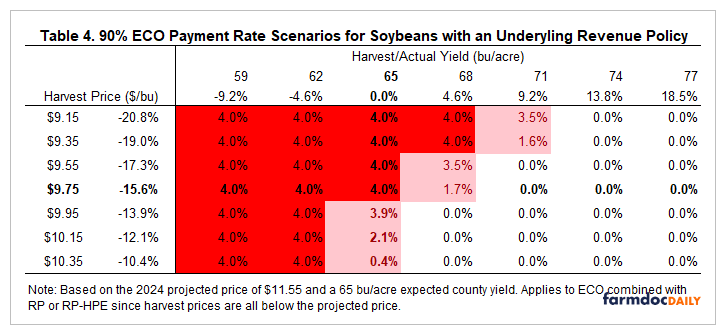By Ryan Hanrahan
Texas A&M AgriLife’s Blair Fannin reported Monday that “Texas A&M AgriLife Extension Service economists project the Panhandle wildfires caused $123 million in preliminary agricultural losses, making it the costliest on record.”
“The losses include more than 12,000 cattle deaths, lost grazing values and fence repair costs, according to economists,” Fannin reported. “The initial loss estimates span from February through the middle of March.”
Fannin reported that the economists estimate $68.7 million in losses to ranch infrastructure, fences, barns, corrals, well pump motors and windmills, stocks of hay or feed. They estimate $26 million in losses to long-term grazing in fire damaged pastures and range and short-term emergency feeding. Finally, they estimate $27 million in cattle losses due to wildfires. Livestock loss estimates include both cows and estimated losses to the season’s calf crop. Another $1 million in miscellaneous losses includes disposal costs for deceased animals and forced marketing losses.
In addition, the Texas Tribune’s Jayme Lozano Carver reported at the beginning of May that “hundreds of water wells were also destroyed as the fires raged through the Panhandle. According to the report, this has eliminated sources of water for people and livestock in the region, creating another hurdle to overcome.”
“’These loss estimates are likely to continue to grow as more details emerge as the wildfire risks remain high this spring,’ said David Anderson, Ph.D., AgriLife Extension livestock marketing economist, Bryan-College Station,” according to Fannin.

Map of recent Texas Panhandle wildfires. Courtesy of the National Wildfire Coordinating Group.
The Fires
The Lubbock Avalanche-Journal’s Alex Driggars reported this past Sunday that “the Smokehouse Creek Fire — Texas’ largest-ever wildfire — the Windy Deuce Fire and several other blazes sparked February 26 and burned for weeks until they were fully contained in mid-March, contributing to the deaths of three people and 15,000 head of cattle, destroying 138 homes and businesses and scorching more than a million acres in the Texas Panhandle.”
The Smokehouse Creek Fire alone burned almost 1.1 million acres, according to the Texas Standard.
Lozano Carver reported that “a decayed utility pole that broke, causing power wires to fall on dry grass in the Texas Panhandle, sparked the state’s largest wildfire in history, a Texas House committee confirmed Wednesday.”
“The committee also found that a lack of readily available air support, ineffective communication from faulty equipment and coordination among agencies inhibited on-the-ground efforts to contain the Smokehouse Creek fire and others that ravaged the Panhandle earlier this year,” Lozano Carver reported.
Disaster Assistance
Fannin reported that “Texans affected by the wildfires are encouraged to submit property damage utilizing the Individual State of Texas Assessment Tool, iSTAT, Damage Surveys. This will help state officials identify resource needs. The U.S. Small Business Administration has approved Gov. Greg Abbott’s request for disaster declarations in Texas communities affected by the Panhandle wildfires. Applicants may apply online, receive additional disaster assistance information, and download applications at sba.gov/disaster.”
In addition, Lozano Carver reported in a different article Monday that “U.S. Senator Ted Cruz and U.S. Rep. Ronny Jackson, both Republicans, are pushing legislation offering additional financial aid to ranchers who lost an excessive amount of unborn livestock in a disaster. It could help those in the Texas Panhandle trying to recover from devastating wildfires that killed more than 15,000 head of cattle, including pregnant cows.”
“The proposed legislation would add an additional payment rate for unborn livestock to what is already in place with the Livestock Indemnity Program,” Lozano Carver reported. “The payment amount will be capped at 85% of the market value for the lowest weight class of the animal. The amount will also be determined based on the type of livestock and the average number of babies the animal typically gives birth to.”
Source : illinois.edu